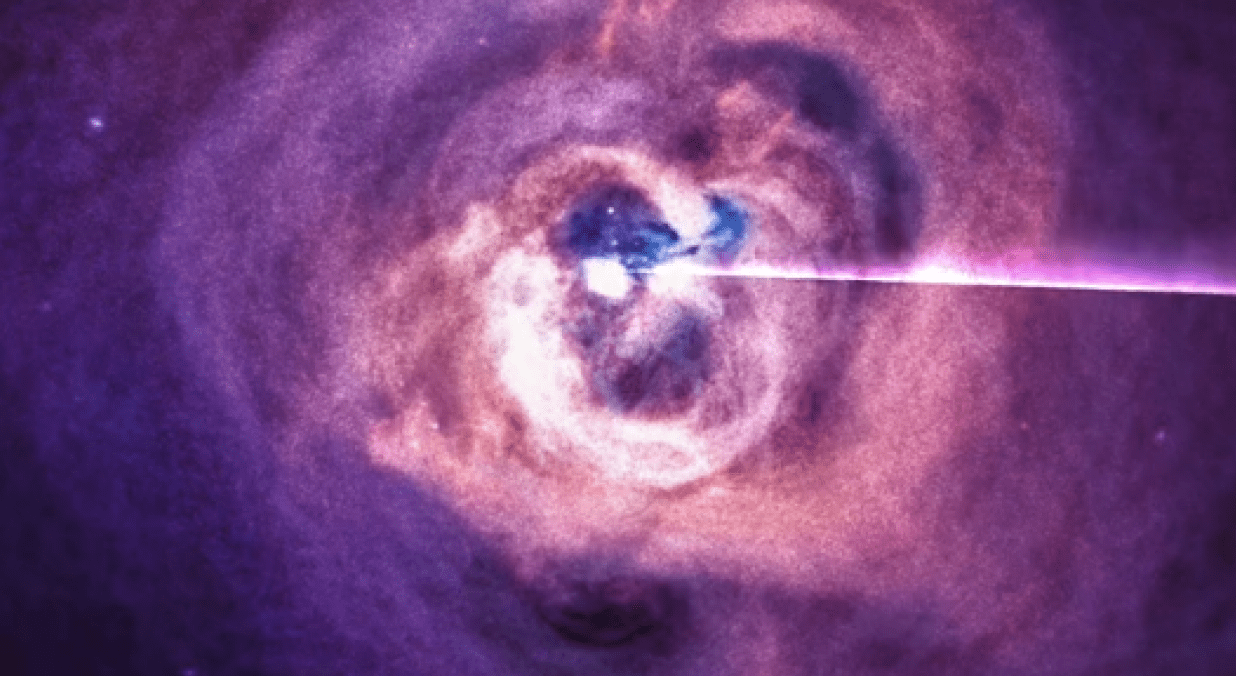Did you know that no one can hear you scream in space since sound waves can’t pass through the vacuum that fills most of the cosmos? Well, as curious as that could be, there’s more of it.
According to NASA, space might be extremely loud under the right circumstances. That includes the heated plasma around the enormous black hole at the heart of the Perseus galaxy cluster. So, you might reconsider your initial thought, and here’s why.
Check out below how sound was recorded in space.
Sounds in Space Are Real
Until now, no one believed that you could actually scream in space and mean something. But NASA is here to change that.
The space agency recently posted unsettling audio on Twitter that simulates sound waves traveling through the gas and plasma in this 250 million light-years cluster. And it’s something unexpected!
Check out NASA’s official post on Twitter, along with the frightening sound:
The misconception that there is no sound in space originates because most space is a ~vacuum, providing no way for sound waves to travel. A galaxy cluster has so much gas that we've picked up actual sound. Here it's amplified, and mixed with other data, to hear a black hole! pic.twitter.com/RobcZs7F9e
— NASA Exoplanets (@NASAExoplanets) August 21, 2022
It’s pretty terrifying.
But how could NASA develop such a thing? It seems like a lot of SF work.
Although the black hole’s audio waves were initially discovered back in 2003 in data from NASA’s Chandra X-ray Observatory, they have never before been brought within the audible range of the human ear. And that’s not all!
As expected, everything is about hard work. That black hole is a true cosmic baritone, with sound waves in their native habitat 57 octaves below the middle C. So, scientists increased those earthquakes’ frequency by quadrillions to make them audible to humans (FYI, one quadrillion is a million billion).
NASA also explained:
In some ways, this sonification is unlike any other done before… because it revisits the actual sound waves discovered in data from NASA’s Chandra X-ray Observatory.
If you enjoyed the audio discovery and want to explore more, check out more of that data sonification below:












Leave a Reply